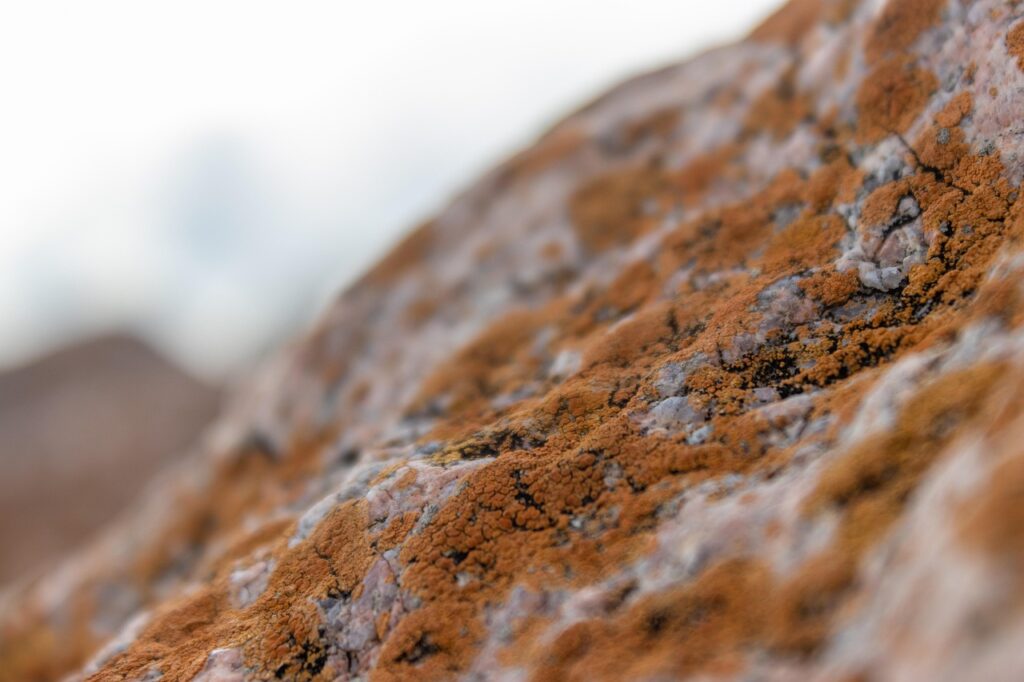A lot of people think that molds can only grow on food. They could not be more wrong, as molds can also be found on floors, ceilings, and walls.
Garages are often exposed to conditions that make them more susceptible to mold growth. These spaces are usually less insulated, poorly ventilated, and more likely to be subjected to fluctuations in temperature and humidity. Garages may also serve as storage areas for organic materials such as wood, cardboard, and fabric, which provide a perfect breeding ground for mold spores when combined with moisture. Understanding how and why mold forms in garages is the first step in addressing the problem and implementing long term prevention strategies.
Mold is a type of fungus that thrives in damp and humid conditions. Spores are always present in the air, but when they land on a damp surface, they can grow and spread quickly. This is why it is common to find mold in areas like basements, bathrooms, and garages. Leaky roofs, condensation, and water from car tires or cleaning activities can all introduce moisture into your garage. Over time, this moisture builds up and creates a welcoming environment for mold colonies to flourish.
Visible Signs of Mold Infestation
One of the most obvious indicators of mold in your garage is the presence of dark or discolored patches on walls, ceilings, or flooring. These patches may appear green, black, white, or even orange, depending on the type of mold. They often start as small spots but can quickly grow if the source of moisture is not addressed. Mold on wooden shelves, drywall, or cardboard boxes is particularly concerning, as these materials can absorb moisture and make the mold harder to eliminate.
A musty or earthy smell is another strong sign of mold presence. This odor is caused by the gases released by mold during its growth and can linger even if the mold is not immediately visible. Garages that have poor airflow and are kept closed for long periods are more likely to develop and retain this odor. If you notice a persistent smell that does not go away even after cleaning, it is important to inspect hidden areas like behind shelves, under stored items, or within insulation.
Allergic reactions and health symptoms among individuals using the garage may also indicate a mold problem. Mold spores can become airborne and cause respiratory issues, skin irritation, and eye discomfort. People with asthma or mold allergies may experience worsening symptoms. If you or your family members start to feel unwell after spending time in the garage, it may be time to investigate the environment more closely.
Common Causes of Mold in Garages
Water intrusion is one of the main culprits of mold in garage spaces. Rainwater that seeps in through cracked walls or a damaged roof introduces a constant source of moisture. Melting snow or water brought in by cars also contributes to the damp environment. Once water gets inside, it tends to collect in corners or behind objects, where it is less likely to evaporate.
Condensation is another major cause. This happens when warm, moist air inside the garage comes into contact with cooler surfaces such as concrete walls or metal objects. The water vapor condenses into liquid form, which settles on surfaces and feeds mold spores. Poor insulation and lack of proper ventilation can make this problem worse.
Inadequate airflow and ventilation hinder the drying process and allow moisture to accumulate over time. Garages that are completely closed off or do not have windows or vents are particularly at risk. A cluttered garage also limits air movement and creates shaded areas where moisture can linger. These factors combined can result in chronic mold issues that become harder to control without significant intervention.
How to Prevent Mold Growth in the Garage
Maintaining a dry environment is the most effective way to prevent mold from forming in your garage. Start by sealing any cracks or leaks in the roof, walls, and foundation. Inspect these areas regularly and make prompt repairs to keep moisture out. Use waterproof materials for any repairs and apply sealants that are designed to block water infiltration.
Proper ventilation is crucial for moisture control. Install vents or windows that can be opened periodically to allow fresh air to circulate. Use fans to help move air around the space, especially if you use the garage for activities like laundry, cleaning, or storage. Dehumidifiers are another useful tool in reducing indoor humidity levels, particularly during rainy or humid seasons.
Organize your garage to minimize the risk of mold. Store items off the floor on metal or plastic shelves that do not absorb moisture. Avoid storing cardboard boxes or fabrics directly on the ground. Use airtight containers for long term storage and keep stored items spaced apart to allow air to flow around them. Regular cleaning and decluttering also help identify potential mold sources early and keep the environment more manageable.
Seasonal Maintenance Tips
Mold prevention efforts should be adjusted throughout the year to reflect seasonal changes. During the spring and summer months, focus on controlling humidity and improving airflow. These seasons often bring increased rain and warmth, both of which promote mold growth. Check for leaks after heavy storms and ensure that downspouts and gutters are functioning correctly.
In the fall, prepare your garage for cooler temperatures. Inspect the insulation and consider upgrading it if you notice drafts or cold spots. Keep the garage door closed when not in use to maintain a stable temperature inside. This helps reduce condensation on cold surfaces. Sweep and clean the floors to remove fallen leaves and dirt that can hold moisture.
Winter maintenance involves preventing ice and snow buildup around the garage. Shovel snow away from the garage door and clear any drainage paths. Avoid leaving wet items like snow shovels, boots, or car mats inside the garage for extended periods. These items release moisture into the air as they dry, increasing the risk of mold development.
Detecting Mold in Hidden Areas
Not all mold is immediately visible, especially in a cluttered or poorly lit garage. Hidden mold can grow behind drywall, inside insulation, or within stored items. Regular inspections are necessary to catch these issues early. Pay close attention to corners, behind shelves, under workbenches, and near water sources like sinks or washing machines.
Using a flashlight and moisture meter can help in detecting hidden mold. Discoloration on walls or a sudden increase in humidity in one section of the garage can be warning signs. If you suspect hidden mold, it may be necessary to remove some materials or consult a professional to conduct a more thorough inspection.
Odors that persist even after cleaning can also point to hidden mold. Trust your senses and investigate thoroughly if something smells off. Taking the time to uncover the root of the problem is more effective than simply masking it with air fresheners or cleaning sprays.
Cleaning Up Mold Safely and Effectively
Small mold patches can often be cleaned using household products such as white vinegar or a mild bleach solution. Wear protective gear including gloves, a mask, and goggles to prevent exposure. Open windows or use fans to ventilate the area while cleaning. Scrub the affected area thoroughly and let it dry completely afterward.
For larger infestations or when dealing with toxic molds such as black mold, professional remediation is recommended. Mold specialists have the equipment and expertise to remove mold safely and prevent it from returning. They can also assess the structure for moisture problems and provide recommendations for future prevention.
Disposing of moldy materials should be done with care. Bag and seal any contaminated items before removing them from the garage. Avoid cross contamination by cleaning tools and equipment used during the cleanup process. Once the area is cleaned, continue monitoring it to ensure the mold does not return.
Protecting Health and Wellbeing
Mold exposure can affect the health of anyone spending time in the garage. Symptoms can range from minor irritations such as sneezing or coughing to more serious respiratory problems. Children, elderly individuals, and those with preexisting conditions are particularly vulnerable. Keeping the garage mold free is part of maintaining a healthy home environment.
Using air purifiers and keeping the garage clean can reduce the number of mold spores in the air. Installing humidity sensors provides real time monitoring so you can respond quickly to moisture spikes. Educating family members about mold signs and encouraging them to report any unusual smells or health symptoms can lead to quicker responses and better outcomes.
Take proactive measures to minimize health risks. Keep the space well ventilated, inspect it regularly, and maintain cleanliness to avoid giving mold an opportunity to grow. These habits will help ensure the garage remains a safe space for work, storage, or any other use.
Conclusion
Mold in the garage is a common but preventable issue. Recognizing the signs early and taking practical steps to eliminate moisture and improve airflow can significantly reduce the risk. Regular maintenance, smart storage practices, and seasonal adjustments will go a long way in keeping your garage dry and mold free. Prioritizing mold prevention is not only a matter of preserving property but also of protecting the health of everyone who uses the space.

